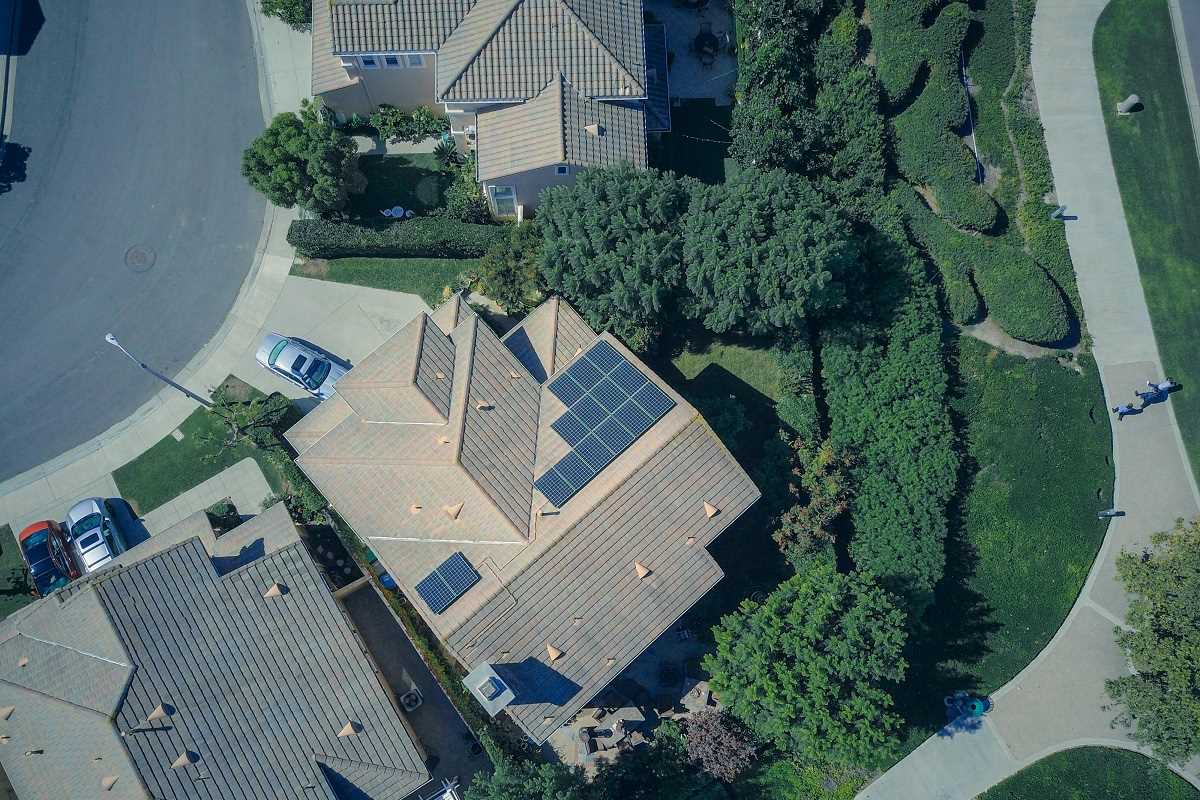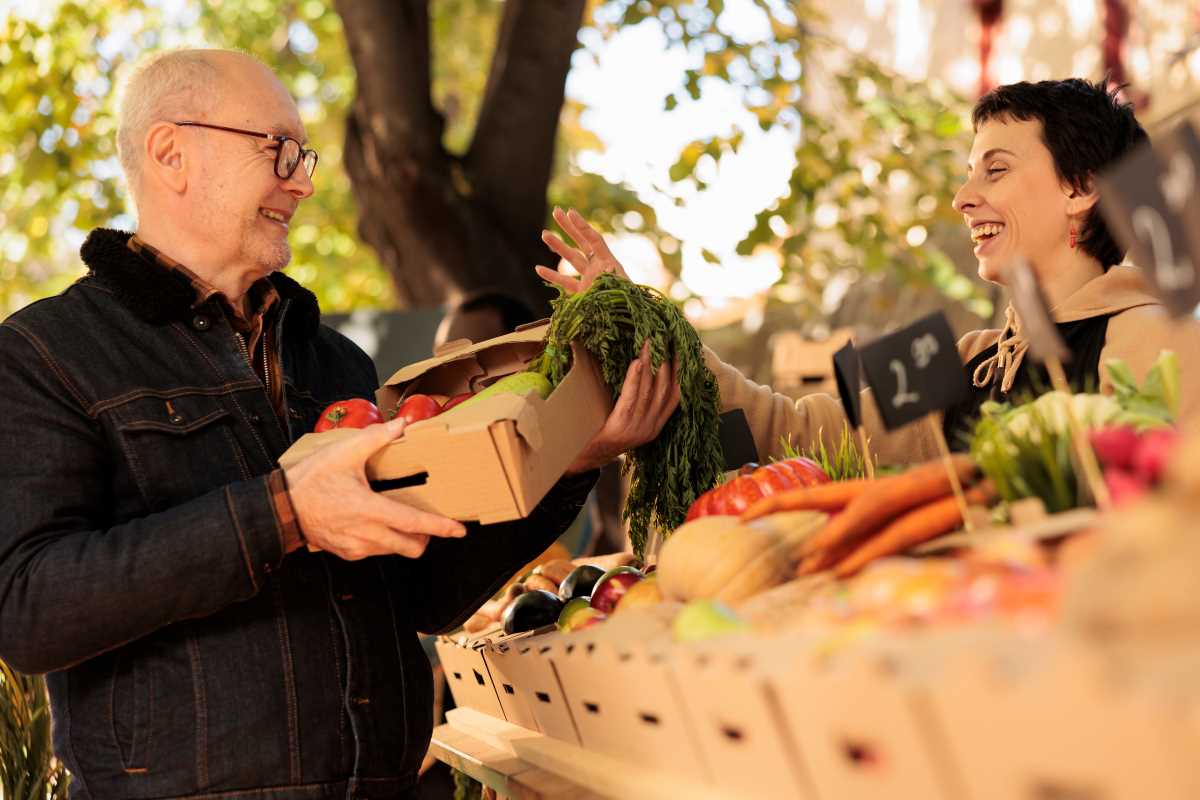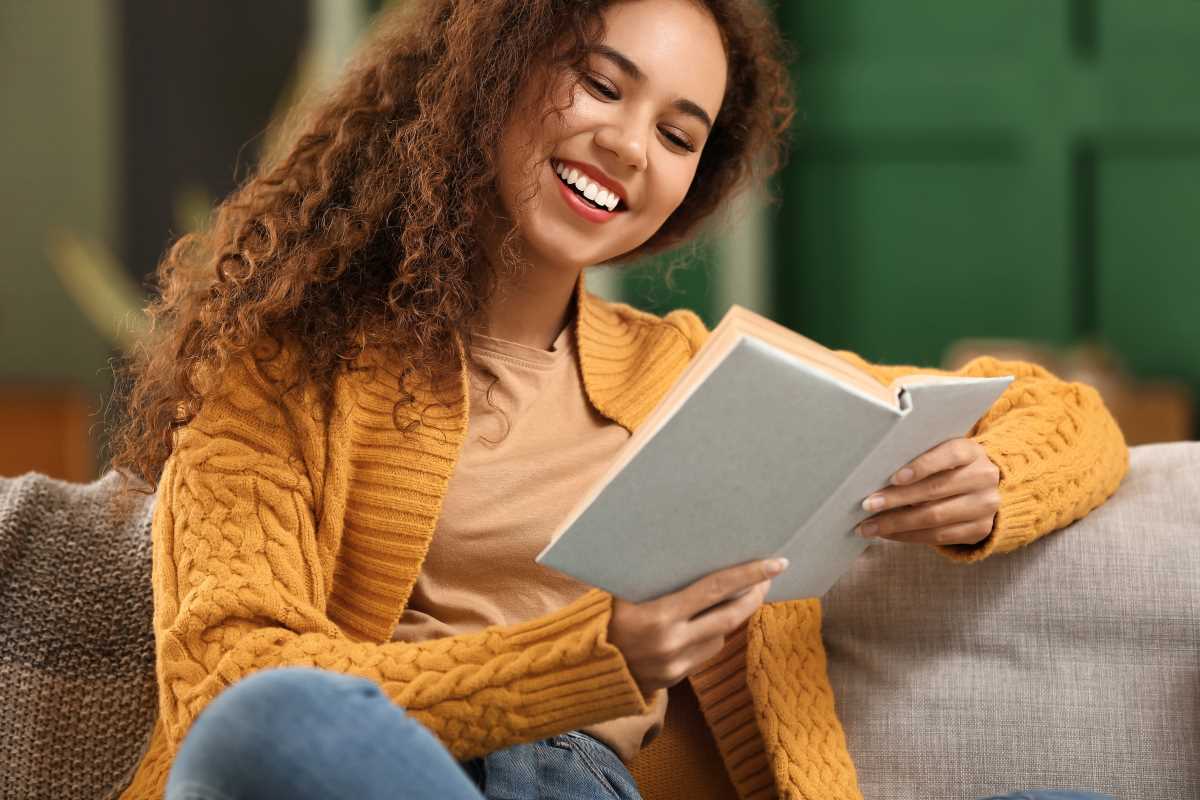Friends and families come together to breathe new life into an overlooked green space, finding pride and a sense of discovery in the process. Working side by side, people reconnect with familiar surroundings and notice details once ignored, while friendships grow in unexpected ways. Each bit of litter or tangled weed tells a story about the past, but a team effort can change what the future looks like for everyone involved. When a group unites to clean and care for a place they share, they create lasting memories and transform ordinary routines into something more meaningful and colorful for the whole community.
Hands-on efforts like cleaning sidewalks or riverbanks remind everyone that local action can radiate outwards. When familiar faces meet over litter-picking tools, the ordinary turns extraordinary. This simple act of working together strengthens community threads, creating a sense of ownership and enthusiasm that lingers long after tools are stowed.
Community Roots in Every Corner
Neighborhoods hold hidden pockets of character, whether a sunken park bench or a lush embankment. Residents tend to these spots and revive forgotten textures of local history without relying on polished brochures or official tours. Paying close attention to detail nudges people toward deeper curiosity and unexpected camaraderie.
Approaching each location as a blank canvas, volunteers bring fresh eyes and creative spirit. This shared work honors the space’s past quirks and allows new memories to take shape. Respect for what was there and imagination for what might grow sets the stage for ongoing stewardship.
Shared Spaces as Stories
Every patch of grass, stretch of pavement or riverside path holds an unwritten chapter. Grass roots initiatives turn chores into shared storytelling sessions, where anecdotes flow as freely as litter into bags. Those brushstrokes of communal effort craft a narrative of pride, belonging and mutual discovery.
This narrative invites newcomers to join in, forging connections across age brackets, backgrounds and lifestyles. Caring for a place together transforms it into a living storybook—one that anyone passing through can read, contribute to and carry forward.
Ripple Effects on Daily Life
Once a site receives attention, its ripple effects reach beyond tidy curbs. Smiles spread as people glance at cleared paths. Joggers pause to admire fresh blooms. Children curiously inspect newly exposed stones or patterns in the soil. Such encounters foster a sense of shared guardianship and inspire small acts of kindness elsewhere.
These micro-moments carry weight: a neat street corner can prompt someone to pick up a stray can in the grocery parking lot. Collective care in one block sends waves of consideration through the broader urban flow, strengthening social fabric one gesture at a time.
Steps to Organize Your Cleanup
- Site Assessment
- Purpose: Establish the starting point by evaluating debris types and volume.
- Steps:
- Walk the perimeter, noting hazards such as broken glass or overgrowth.
- Categorize waste into recyclables, compostables, and landfill materials.
- Measure the approximate area to estimate bag quantities.
- Cost: Typical kit cost runs under $30 per volunteer for gloves and bags.
- Insider Tip: Check hidden corners behind shrubbery—these often trap small debris.
- Volunteer Coordination
- Purpose: Improve efficiency and keep morale high.
- Steps:
- Assign team leads for specific zones.
- Set time blocks for breaks and tool maintenance.
- Hold hourly check-ins to adjust pace.
- Cost: Free with a basic messaging app.
- Insider Tip: Pair newcomers with experienced pickers to combine skill-sharing with social bonding.
- Tool Distribution
- Purpose: Ensure everyone has the right tools at the right time.
- Steps:
- Prepare kits with grabbers, gloves, and first-aid supplies.
- Label containers by tool type.
- Schedule equipment return at day’s end.
- Cost: About $10 per person if reusing supplies from previous events.
- Insider Tip: Attach name tags to tools so they return to the correct volunteer.
- Waste Sorting Stations
- Purpose: Speed up processing with clear sorting points.
- Steps:
- Position three color-coded bins at central locations.
- Display icon-based signage for each bin.
- Assign a monitor for overflow.
- Cost: Around $20 per station for a weekend rental.
- Insider Tip: Use waterproof posters so signage stays readable in rain.
- Promotion and Outreach
- Purpose: Boost participation and awareness.
- Steps:
- Create flyers and social media posts with date, location, and needed roles.
- Distribute door-to-door and in local online groups.
- Send reminders 24 hours before the event.
- Cost: Printing flyers at about $0.10 each; online promotion is free.
- Insider Tip: Add a personal story or community anecdote to spark emotional connection.
- Safety Briefing
- Purpose: Protect volunteers’ health and safety.
- Steps:
- Review proper lifting techniques.
- Identify hazards like sharp items, insects, or unstable ground.
- Demonstrate on-site first aid for minor cuts.
- Cost: First-aid kits cost about $25 and serve dozens.
- Insider Tip: Have a medically trained volunteer co-lead the briefing to build confidence.
- Follow-Up Cleanup
- Purpose: Address missed spots and reinforce progress.
- Steps:
- Schedule a light cleanup one week later.
- Assign teams to specific sections.
- Compare before-and-after photos.
- Cost: Minimal—mainly volunteer time.
- Insider Tip: Invite participants to bring family members for a fresh perspective.
- Partnership Outreach
- Purpose: Expand resources and event impact.
- Steps:
- Draft an intro letter for local businesses or schools.
- Request donations of tools or refreshments.
- Offer brand visibility in return.
- Cost: Contributions often cover 10–20% of event expenses.
- Insider Tip: Emphasize mutual benefits like increased foot traffic or positive media coverage.
- Environmental Education Booth
- Purpose: Raise awareness about litter and recycling.
- Steps:
- Set up an information table with handouts.
- Prepare a compost demonstration.
- Engage visitors with quick quizzes or visual displays.
- Cost: Under $50 for printed materials.
- Insider Tip: Use live examples like soil samples or crushed cans to capture attention.
Gather Volunteers from Different Backgrounds
Reach out through neighborhood apps, local clubs and faith groups to gather a mix of ages and backgrounds. Personal invitations often work better than broad announcements. Encourage families, seniors and newcomers to see their unique strengths at play. When people share a common purpose, their bonds grow stronger through their different experiences.
Host a brief meet-and-greet before the main event. Serve simple refreshments and play upbeat local music. Making the kickoff social turns a chore into a small celebration. This positive atmosphere boosts energy and team spirit during the workday.
Keep the Momentum Going After the Event
Thank participants personally, share before-and-after photos, and ask for feedback to keep engagement high. Hold short monthly meetups to maintain progress and connections without heavy planning. These consistent touchpoints turn one-time efforts into lasting networks of care and community pride.
 (Image via
(Image via.jpg)





